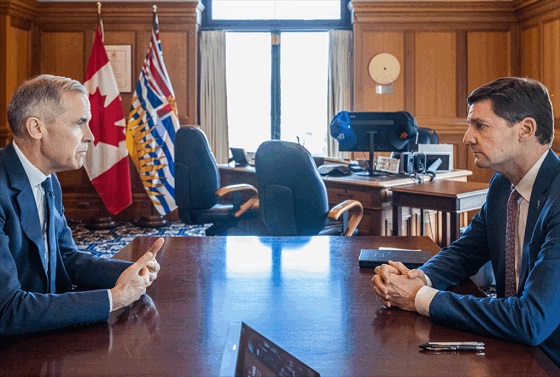Alberta
Alberta has an opportunity like never before

As the world’s energy debate continues to grow, with climate change and the economy both sources of large concern to many, there is often a divide both politically and regionally and Canada is no different.
Places like Alberta, with an economy that has been largely centered around the oil and gas sector for decades, is a Canadian province quite often at odds with the Canadian government for its desire to put in place renewable energy policies like carbon taxes and hold off on pipelines.
There are abundant sources of renewable energy in Alberta that could provide jobs and a pathway out of its current situation. Despite being intermittent, Alberta’s wind and solar potential is very apparent. However, to scale it to the level necessary to stop burning massive amounts of coal and natural gas, we will need large battery backups to store power in order to combat the intermittency issues of wind and solar.
These investments can be made, and I would argue the more the province opens up space on the grid, the more foreign investment we will see.
But this is also a tough pill to swallow when you have companies built from the ground up for decades, employing hundreds of thousands of people who have been educated and trained in what they do. Alberta as a province enjoyed strong growth for decades, providing hundreds of billions of dollars to the Federal Government to help balance the books and provide health care for millions of Canadians.
Geothermal is famously used in Iceland and in California at the world’s largest facility, the Geysers Geothermal Complex, which has a 1517 MW capacity. Geothermal energy has limitations for growth due to requiring locations to tap into volcanic aquifers, which it had not been able to overcome until now. Eavor Technologies Inc. uses a completely different method for their production. They use a closed loop system and do not rely on traditional wells or pumps. They are able to drill two vertical wells, connect them together underground and essentially create a conductive radiator with many parallel lines to cover a large amount of ground without the volcanic aquifers. Their unique IP uses an environmentally safe fluid that circulates using the thermosyphon effect. As the hot fluid rises through the outlet well, the change in pressure forces the cool fluid to drop through the inlet well, creating continuous circulation without the need for a parasitic pump. The Eavor-Loop completely isolates the fluid from the surrounding environment and produces zero GHG emissions, making the entire process carbon neutral. For extra appeal, this can all be done by the same Alberta drilling rig operators that do not get to work as much as they once did, putting oil and gas companies back to work.
This means Alberta, famous for its oil industry, has the potential to become famous for an entirely renewable grid with a mix of Eavor-Loops, solar, wind and battery storage. It also gives us the ability to grow an Alberta made technology in Eavor loop for export. This unique opportunity for economic diversification and expansion aligns simultaneously with both environmental and economic concerns, presenting a balanced approach to the climate question without compromising on existing Alberta jobs and infrastructure
Brian Scott
Clean Energy Advocate
For more stories, visit Todayville Calgary.
Alberta
Alberta to protect three pro-family laws by invoking notwithstanding clause
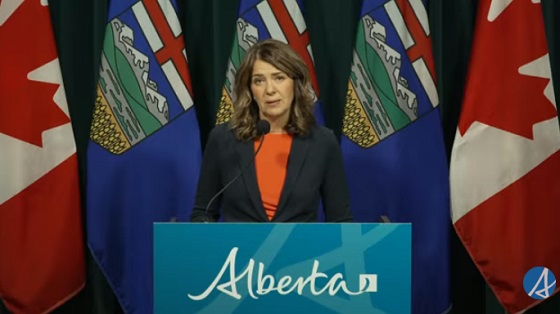
From LifeSiteNews
Premier Danielle Smith said her government will use a constitutional tool to defend a ban on transgender surgery for minors and stopping men from competing in women’s sports.
Alberta Premier Danielle Smith said her government will use a rare constitutional tool, the notwithstanding clause, to ensure three bills passed this year — a ban on transgender surgery for minors, stopping men from competing in women’s sports, and protecting kids from extreme aspects of the LGBT agenda — stand and remain law after legal attacks from extremist activists.
Smith’s United Conservative Party (UCP) government stated that it will utilize a new law, Bill 9, to ensure that laws passed last year remain in effect.
“Children deserve the opportunity to grow into adulthood before making life-altering decisions about their gender and fertility,” Smith said in a press release sent to LifeSiteNews and other media outlets yesterday.
“By invoking the notwithstanding clause, we’re ensuring that laws safeguarding children’s health, education and safety cannot be undone – and that parents are fully involved in the major decisions affecting their children’s lives. That is what Albertans expect, and that is what this government will unapologetically defend.”
Alberta Justice Minister and Attorney General Mickey Amery said that the laws passed last year are what Albertans voted for in the last election.
“These laws reflect an overwhelming majority of Albertans, and it is our responsibility to ensure that they will not be overturned or further delayed by activists in the courts,” he noted.
“The notwithstanding clause reinforces democratic accountability by keeping decisions in the hands of those elected by Albertans. By invoking it, we are providing certainty that these protections will remain in place and that families can move forward with clarity and confidence.”
The Smith government said the notwithstanding clause will apply to the following pieces of legislation:
-
Bill 26, the Health Statutes Amendment Act, 2024, prohibits both gender reassignment surgery for children under 18 and the provision of puberty blockers and hormone treatments for the purpose of gender reassignment to children under 16.
-
Bill 27, the Education Amendment Act, 2024, requires schools to obtain parental consent when a student under 16 years of age wishes to change his or her name or pronouns for reasons related to the student’s gender identity, and requires parental opt-in consent to teaching on gender identity, sexual orientation or human sexuality.
-
Bill 29, the Fairness and Safety in Sport Act, requires the governing bodies of amateur competitive sports in Alberta to implement policies that limit participation in women’s and girls’ sports to those who were born female.”
Bill 26 was passed in December of 2024, and it amends the Health Act to “prohibit regulated health professionals from performing sex reassignment surgeries on minors.”
As reported by LifeSiteNews, pro-LGBT activist groups, with the support of Alberta’s opposition New Democratic Party (NDP), have tried to stop the bill via lawsuits. It prompted the Smith government to appeal a court injunction earlier this year blocking the province’s ban on transgender surgeries and drugs for gender-confused minors.
Last year, Smith’s government also passed Bill 27, a law banning schools from hiding a child’s pronoun changes at school that will help protect kids from the extreme aspects of the LGBT agenda.
Bill 27 will also empower the education minister to, in effect, stop the spread of extreme forms of pro-LGBT ideology or anything else to be allowed to be taught in schools via third parties.
Bill 29, which became law last December, bans gender-confused men from competing in women’s sports, the first legislation of its kind in Canada. The law applies to all school boards, universities, and provincial sports organizations.
Alberta’s notwithstanding clause is like all other provinces’ clauses and was a condition Alberta agreed to before it signed onto the nation’s 1982 constitution.
It is meant as a check to balance power between the court system and the government elected by the people. Once it is used, as passed in the legislature, a court cannot rule that the “legislation which the notwithstanding clause applies to be struck down based on the Charter of Rights and Freedoms, the Alberta Bill of Rights, or the Alberta Human Rights Act,” the Alberta government noted.
While Smith has done well on some points, she has still been relatively soft on social issues of importance to conservatives , such as abortion, and has publicly expressed pro-LGBT views, telling Jordan Peterson earlier this year that conservatives must embrace homosexual “couples” as “nuclear families.”
Alberta
Alberta Emergency Alert test – Wednesday at 1:55 PM
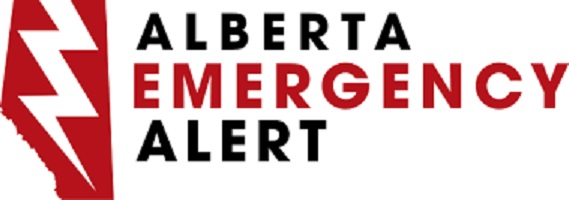
Minister of Public Safety and Emergency Services Mike Ellis issued the following statement on the upcoming Alberta Emergency Alert test:
“On Nov. 19, 2025, Alberta will take part in a scheduled test of the National Public Alerting System. At 1:55 p.m., an Alberta Emergency Alert test will be issued across multiple channels including television, radio, wireless devices, websites, social media, the Alberta Emergency Alert mobile app and directly to compatible cellphones across the province.
“While alert interruptions can be inconvenient, these tests are essential. They help us identify and resolve technical issues, ensuring the system functions properly when it matters most. Regular testing, typically held in May and November, is a key part of keeping Albertans informed during real emergencies such as tornadoes, wildfires, floods and Amber Alerts.
“To stay connected, I urge all Albertans to download the Alberta Emergency Alert app, which delivers critical warnings directly to your phone. To receive alerts, your mobile device must be compatible, connected to an LTE 4G network or higher, or connected to Wi-Fi with the app installed. If your phone is on silent, the alert will still appear but may not produce sound.
“This test is also a valuable opportunity to talk with your household, friends and coworkers about emergency preparedness. Questions to ask:
- Do you have an emergency kit with enough supplies for at least 72 hours?
- Have you included essentials like water, non-perishable food, flashlights, batteries and a first aid kit?
- Do you have copies of important documents and a list of emergency contacts?
- Is your kit stored in an easy-to-access location and does everyone know where it is?
“Preparedness doesn’t have to be complicated. Simple steps like having an emergency plan and essential supplies can make a big difference to protect yourself and your household.”
Related information
-

 Daily Caller2 days ago
Daily Caller2 days ago‘Holy Sh*t!’: Podcaster Aghast As Charlie Kirk’s Security Leader Reads Texts He Allegedly Sent University Police
-

 Crime12 hours ago
Crime12 hours ago‘Modern-Day Escobar’: U.S. Says Former Canadian Olympian Ran Cocaine Pipeline with Cartel Protection and a Corrupt Toronto Lawyer
-

 Great Reset2 days ago
Great Reset2 days agoCanadian government forcing doctors to promote euthanasia to patients: report
-
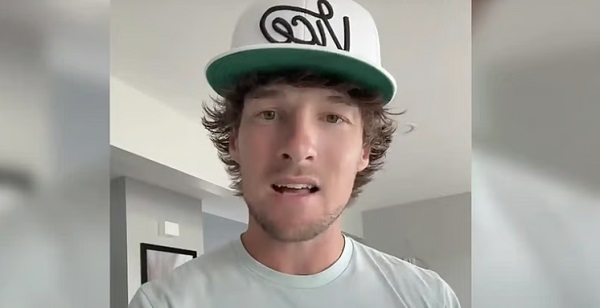
 Alberta2 days ago
Alberta2 days agoSylvan Lake football coach fired for opposing transgender ideology elected to town council
-
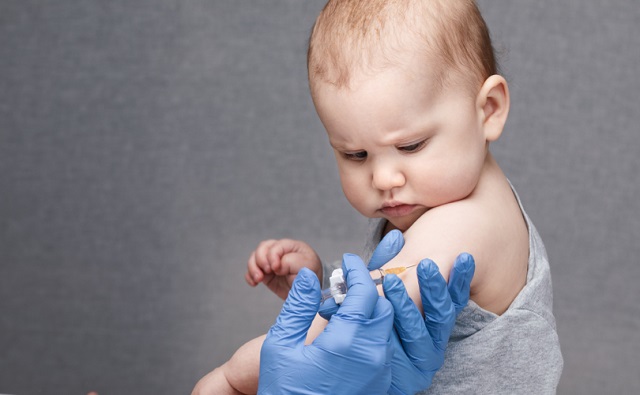
 Health2 days ago
Health2 days agoNEW STUDY: Infant Vaccine “Intensity” Strongly Predicts Autism Rates Worldwide
-

 Carbon Tax2 days ago
Carbon Tax2 days agoCarney fails to undo Trudeau’s devastating energy policies
-
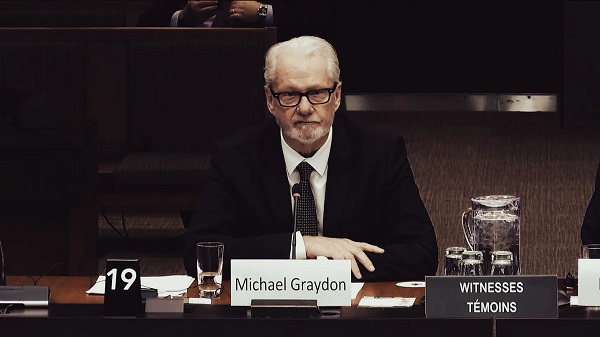
 Business1 day ago
Business1 day agoNearly One-Quarter of Consumer-Goods Firms Preparing to Exit Canada, Industry CEO Warns Parliament
-
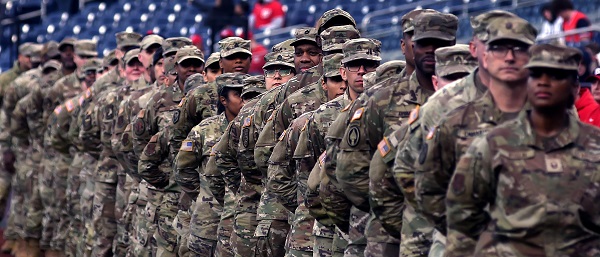
 Daily Caller24 hours ago
Daily Caller24 hours agoDemocrats Explicitly Tell Spy Agencies, Military To Disobey Trump

